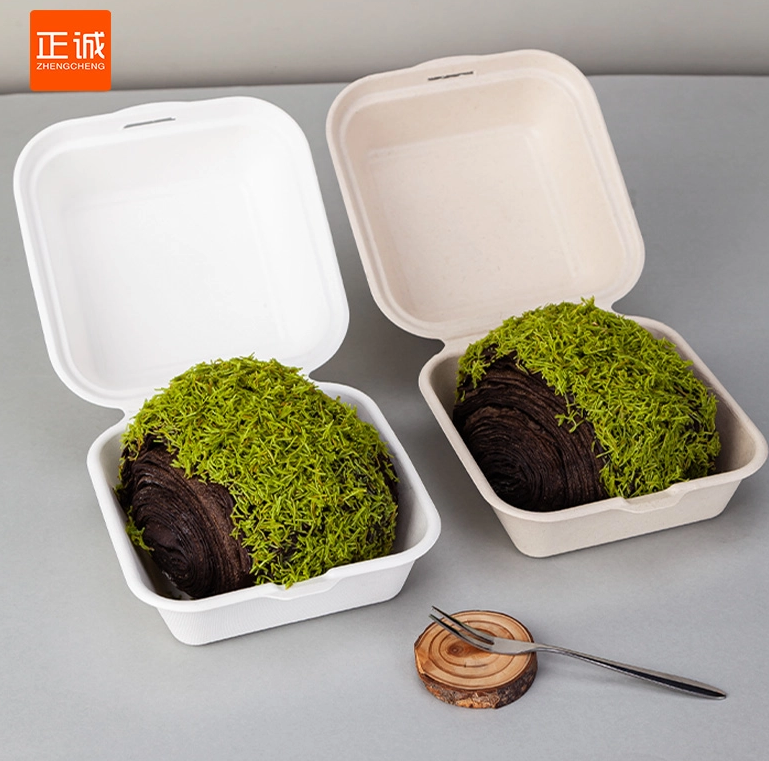When you bite into a crisp apple, the last thing you want is for it to have an unappetizing brown hue. This browning process, known scientifically as enzymatic browning, occurs when the flesh of the apple is exposed to oxygen. For restaurants, maintaining the visual appeal and freshness of apples is crucial, not only for aesthetic reasons but also for customer satisfaction. In this article, we will explore the methods that restaurants employ to keep apples from turning brown, delving into the science behind these techniques and their practical applications.
Understanding Enzymatic Browning
Before we dive into the solutions, it’s essential to understand the science behind browning. When an apple is cut or bruised, the cells are damaged, and an enzyme called polyphenol oxidase (PPO) is released. This enzyme reacts with phenolic compounds in the apple, leading to the formation of brown pigments known as melanins. This process is not only a cosmetic issue; it can also affect the flavor and nutritional quality of the fruit.
Techniques Employed by Restaurants
- Acidic Solutions: One of the most common methods used by restaurants is to immerse cut apples in acidic solutions. Lemon juice, vinegar, or citric acid are popular choices. The acidity lowers the pH level, which inhibits the activity of PPO, thereby slowing down the browning process. This method is not only effective but also adds a pleasant tang to the apples, enhancing their flavor profile.
- Ascorbic Acid (Vitamin C): Ascorbic acid is another powerful antioxidant that can be used to prevent browning. Many restaurants use commercial products containing ascorbic acid, which can be sprinkled on cut apples or mixed into a solution for soaking. This method is particularly effective because it not only prevents browning but also preserves the nutritional value of the fruit.
- Blanching: Although less common in restaurants, blanching is a technique that involves briefly boiling the apples and then plunging them into ice water. This process denatures the enzymes responsible for browning. While this method can be effective, it may alter the texture and flavor of the apples, making it less favorable for fresh presentations.
- Controlled Atmosphere Storage: For restaurants that serve apples in larger quantities, controlled atmosphere storage can be a game-changer. By regulating the levels of oxygen, carbon dioxide, and humidity in storage environments, restaurants can significantly slow down the ripening and browning processes. This method is particularly useful for maintaining the quality of apples over extended periods.
- Use of Antioxidants: Some restaurants opt for commercial antioxidant sprays that are designed to coat the surface of cut fruits. These sprays create a barrier that limits oxygen exposure, thereby reducing browning. While effective, it’s essential for restaurants to ensure that these products are food-safe and comply with health regulations.
Practical Applications in the Restaurant Industry
The choice of method often depends on the type of establishment and the intended use of the apples. For example, a fine dining restaurant may prefer to use fresh lemon juice for its flavor enhancement, while a fast-casual eatery might rely on ascorbic acid for efficiency and cost-effectiveness. Additionally, the presentation is key; restaurants often use garnishes or decorative arrangements to distract from any minor browning that may occur.
Conclusion
In conclusion, the battle against browning apples is one that restaurants take seriously. By employing a combination of scientific understanding and practical techniques, they can ensure that their apple dishes remain visually appealing and delicious. Whether through acidic solutions, ascorbic acid, or controlled storage methods, the goal is the same: to provide customers with the freshest and most appetizing experience possible. As diners become increasingly aware of food quality, restaurants that master the art of keeping apples fresh will undoubtedly stand out in a competitive market.






+ There are no comments
Add yours